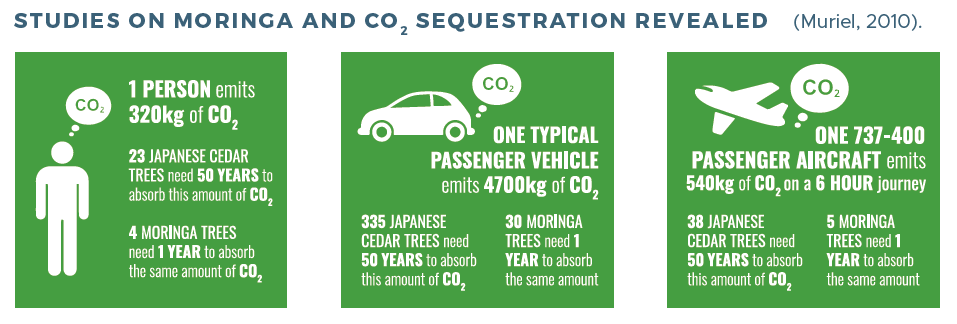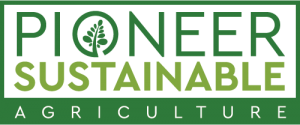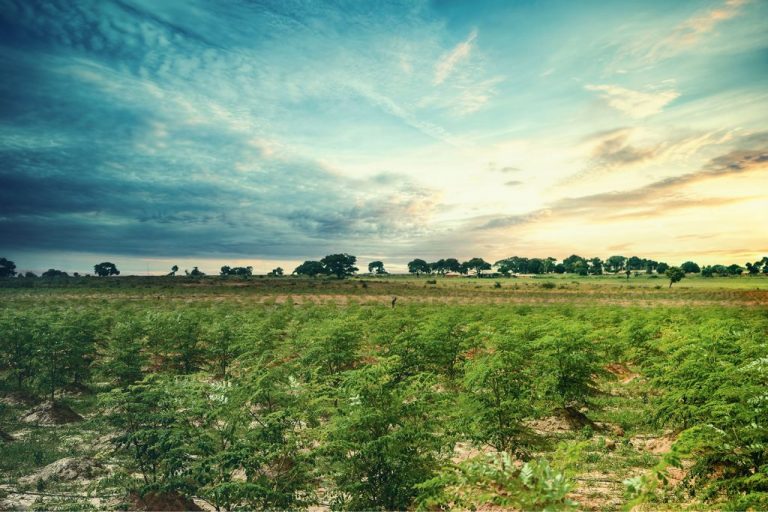Growing more food while ensuring Sustainable Agricultural Development
Agriculture has had significant technological advancements in the last many years. Although these developments have had many positive effects and reduced various farming risks, they have come with significant costs. The most prominent ones being: topsoil depletion, groundwater contamination, air pollution, greenhouse gas emissions, poor conditions of farm laborers, new threats to human safety due to the spread of pathogens and threats to biodiversity.
A growing movement has emerged in the last many years that questions theese high costs and offer innovative alternatives. The movement of Sustainable Development. Sustainable agriculture integrates three main goals –
1. Environmental health,
2. Economic profitability,
3. Social equity.
What Pioneer Sustainable Agriculture does to ensure we meet Sustainable Development Goals
Agricultural sustainability requires that the individual farm be competitive and profitable while simultaneously enhancing environmental quality & the natural resource base. This is why, we have taken various steps to ensure that our vision to become the pioneers in Sustainable Organic Agriculture in our region is achieved.
1. Sustainable Development & Management of Natural Resources:
A sustainable agriculture approach seeks to utilise natural resources in such a way that they can regenerate their productive capacity, and minimise harmful impacts on ecosystems. We ensure that we try to reach these goals by capitalising on existing natural processes. We have designed our farming systems to incorporate crucial functions of natural ecosystems- we use intercropping as a means to ensure soil immense biodiversity in its ecosystem. We see intercropping as a ways to boost this diversity which would further boost the agricultural ecosystem, in which each species, no matter how small, has an important role to play. Over time we have observed that it brings about better utilisation of resources, better quality products, reduction in weeds and reduced damage by pests and diseases
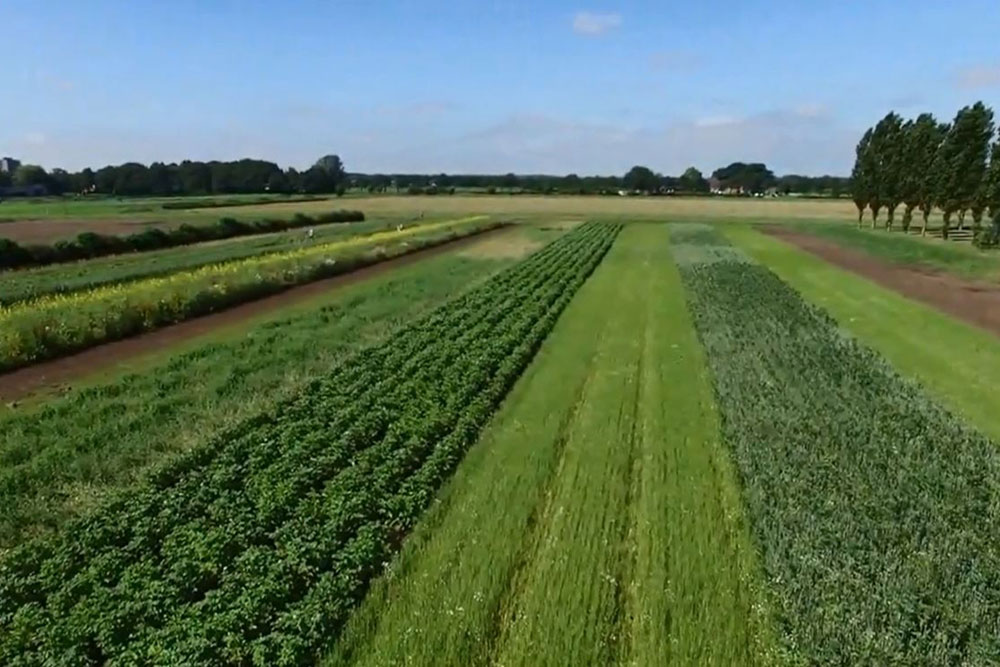
2. Crop Rotation
One of the key steps to achieving our vision has been implementing our Crop Rotations System which has immensely contributed in reduction of pest & disease population at farm. When the same crop is grown at the same place for several years the soil is depleted of certain nutrients. By rotation, a crop that draws one particular kind of nutrient from the soil is followed during the consequent season by a crop that returns the nutrient to the soil.
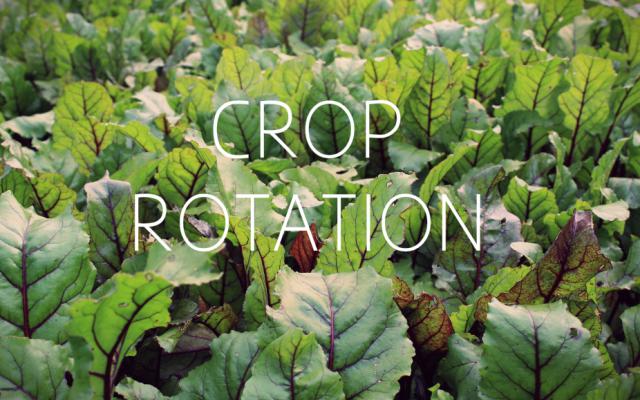
3. Organic Farming
Besides the hazardous effects pesticides used in Conventional farming causes in humans, some pesticides pose a serious threat to wild bees, honey bees & some birds as well. As some of these insects are vital for crop pollination, their loss would be a disaster for food production. Studies have shown many positive effects of organic farming. Some studies have found that organic cultivation methods have positive effects on the microbial population, allowing for a more natural bio-control of unwanted organisms instead of using a chemical arsenal of products. Unlike conventional farming methods, organic farming uses methods to preserve topsoil quality & biodiversity as well as seeds that are adapted to local soil and climate.
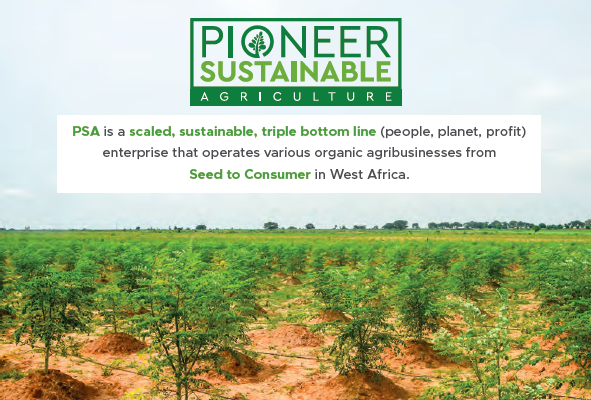
4. Sustainable Agriculture and Society
Agroecosystems cannot be sustainable in the long run without the knowledge, technical competence, and skilled labor needed to manage them effectively. Given the constantly changing and locality-specific nature of agriculture, sustainability requires a diverse and adaptive knowledge base, utilizing both formal, experimental science and farmers’ own on-the-ground local knowledge. We employ over 100 local staff directly, and have a seasonal employment of up to 200 local staff. Additionally, we deliver technology, input and agribusiness innovations that help local businesses to excel and provide continuous economic and livelihood growth.
5. CO2 Neutral Operation
Our operation is CO2 Neutral and we strive to minimise our environmental footprint. We believe all businesses should do their part to help safeguard and improve the environment. The large populations of trees we have established help fight desertification by improving the moisture regime of the soil through reduction of interception losses, reducing run-off and by increasing water infiltration/recharge rate thus reducing the fast depletion of groundwater.
